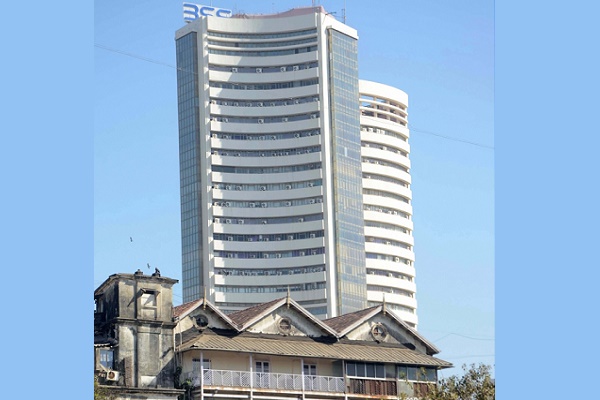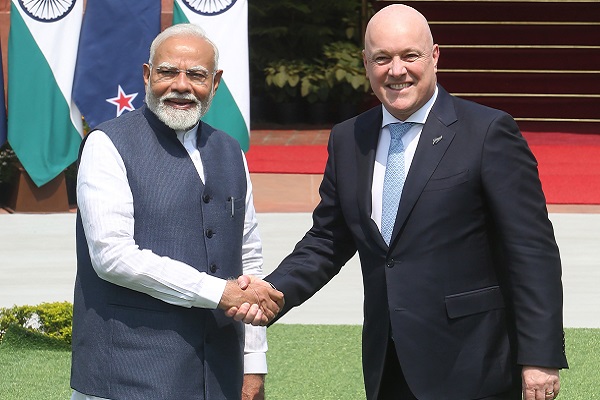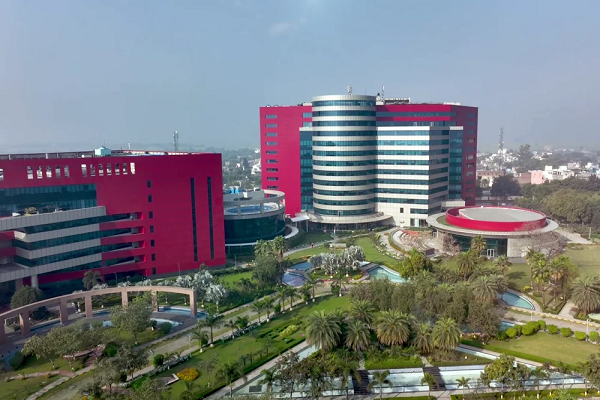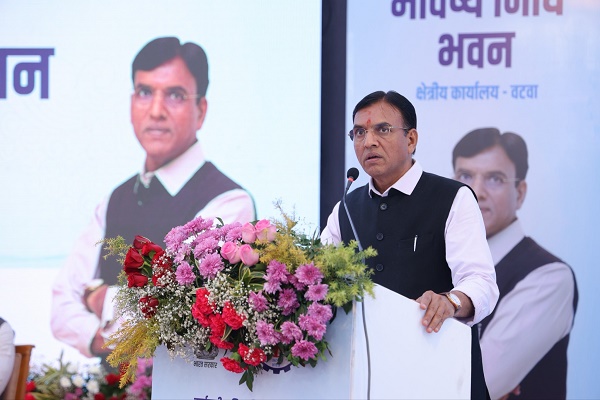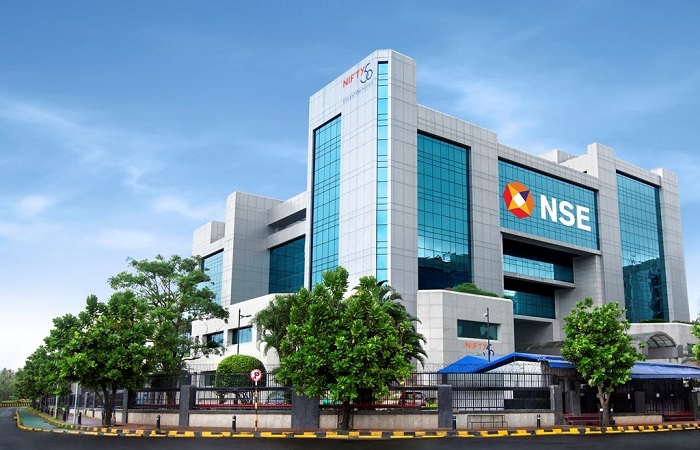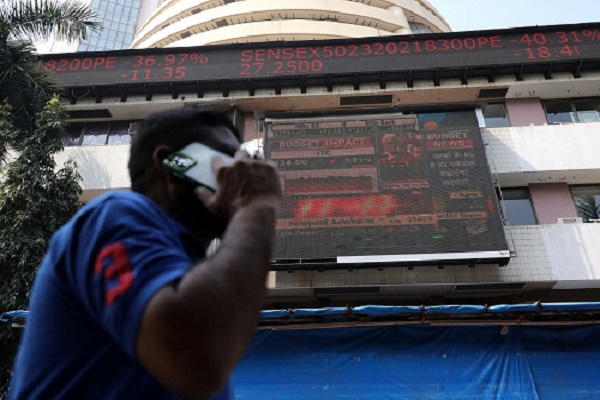Opportunities in Uncertainty: Motilal Oswal Private Wealth Recommends Hybrid Investment Approach for H1CY25

According to Motilal Oswal Private Wealth (MOPW), Indian markets are expected to remain volatile in the first half of 2025 due to several global and domestic events, including the new Trump administration’s policies, China’s measures to counter trade tariffs and its possible implications for EM currencies, and the upcoming Indian Union budget. These events are anticipated to create uncertainty in the near term. However, as these events unfold and greater clarity emerges, market volatility is expected to subside in the latter half of the year.
Despite the recent slowdown in GDP, MOPW remains optimistic about India’s growth due to its macroeconomic stability, supported by significant foreign exchange reserves and a regulated twin deficit. It expects GDP growth to improve compared to the modest growth reported in Q2 FY25.
Ashish Shanker, MD & CEO of MOPW says, "The post covid period has been extremely rewarding to equity investors driven by earnings growth, improving macros and domestic inflows into equities. The year 2024 has been no different with broader markets doing extremely well. The mid cap and small cap segment have outperformed the large caps. Gold has also done well as an asset class. The year 2025 will bring its share of uncertainty as the new US president gets sworn in. After years of good performance the US markets also looks tired. This calls for moderation in expectations and a sharp focus on risk management through asset allocation"
After tepid corporate earnings and slow GDP growth in Q2FY25, MOPW recommends closely monitoring the upcoming earnings season and GDP growth trajectory.. We expect this trend to reverse and expect large caps to do better this year given the valuation comfort. In the longer term, earning growth and stock returns should converge. Considering this, it seems small cap stocks have run up way ahead of earnings growth in most of the segments. MOPW expects this trend to reverse and large caps to do better this year given the valuation comfort.




With investment charter and asset allocation remaining the anchor for the long-term, MOPW presents their view and recommended strategies across equity, fixed-income, gold, and real estate.
1) Equity Outlook: Despite potential short-term volatility, the medium-term outlook for Indian equities remains positive. This optimism is driven by several factors, including:
* India's stable macroeconomic environment, characterised by controlled fiscal and current account deficits.
* Likely increase in Govt spending in the medium term
* Improving liquidity conditions and monetary stimulus by RBI
* Continued growth in domestic investments, primarily channelled through mutual funds and systematic investment plans (SIPs), which are mitigating the impact of foreign institutional investor (FII) outflows.
* Expectation of strong corporate earnings growth in FY26 and FY27, despite flat growth projected for FY25.
Portfolio Strategy
According to MOPW, considering the recent corrections, if equity allocation is lower than desired levels, investors can increase their allocation by implementing a lump-sum investment strategy for a Hybrid Equity-Oriented Fund and a staggered approach over the next 6 months for pure equity-oriented strategies, with accelerated deployment in the event of a meaningful correction.
2) Fixed Income Outlook: The fixed income market in India is expected to be relatively stable due to moderate GDP growth and inflation remaining within the targeted range. However, as a significant portion of the potential decline in yields has already occurred, investors should focus on specific strategies within fixed income - an overweight position in accrual and high-yield strategies while remaining neutral on duration.
Portfolio allocation guidance:
* Duration strategies: Allocate 15%–20% of the fixed income portfolio to actively managed duration funds or long-term (15–30-year maturity) G-sec papers/funds.
* Accrual strategies: Invest 40%–50% of the portfolio in performing credit and private credit strategies, infrastructure investment trusts (InvITs), and select non-convertible debentures (NCDs).
* For tax efficient fixed income alternative solutions, 20% - 25% of the portfolio may be allocated in Conservative Equity Savings funds (minimum 3 years holding period)
* Other Alternatives: The remaining 15%–20% can be allocated to arbitrage funds, floating-rate funds, and absolute return long/short strategies with appropriate holding periods.
3) Gold Outlook: The outlook for precious metals, particularly gold, is positive. This positive outlook is supported by several factors, including:
* Declining USD share in global reserves: The share of the US dollar in global reserve currencies has been on downtrend over last 10 years and is likely to continue.
* Central Bank buying: Continued purchases of gold by central banks amidst rising geopolitical uncertainties are also driving demand for gold.
* INR depreciation: Potential depreciation of the Indian Rupee (INR) against the US dollar is likely to make gold more expensive in INR terms, further supporting its price.
Real Estate Outlook: The real estate sector is showing positive signs, particularly in the commercial segment. India's office space vacancy rate has fallen to 17.1%, its lowest since 2020, due to heightened corporate demand and low new supply while rents have crossed the pre-covid levels.
Above views are of the author and not of the website kindly read disclaimer

